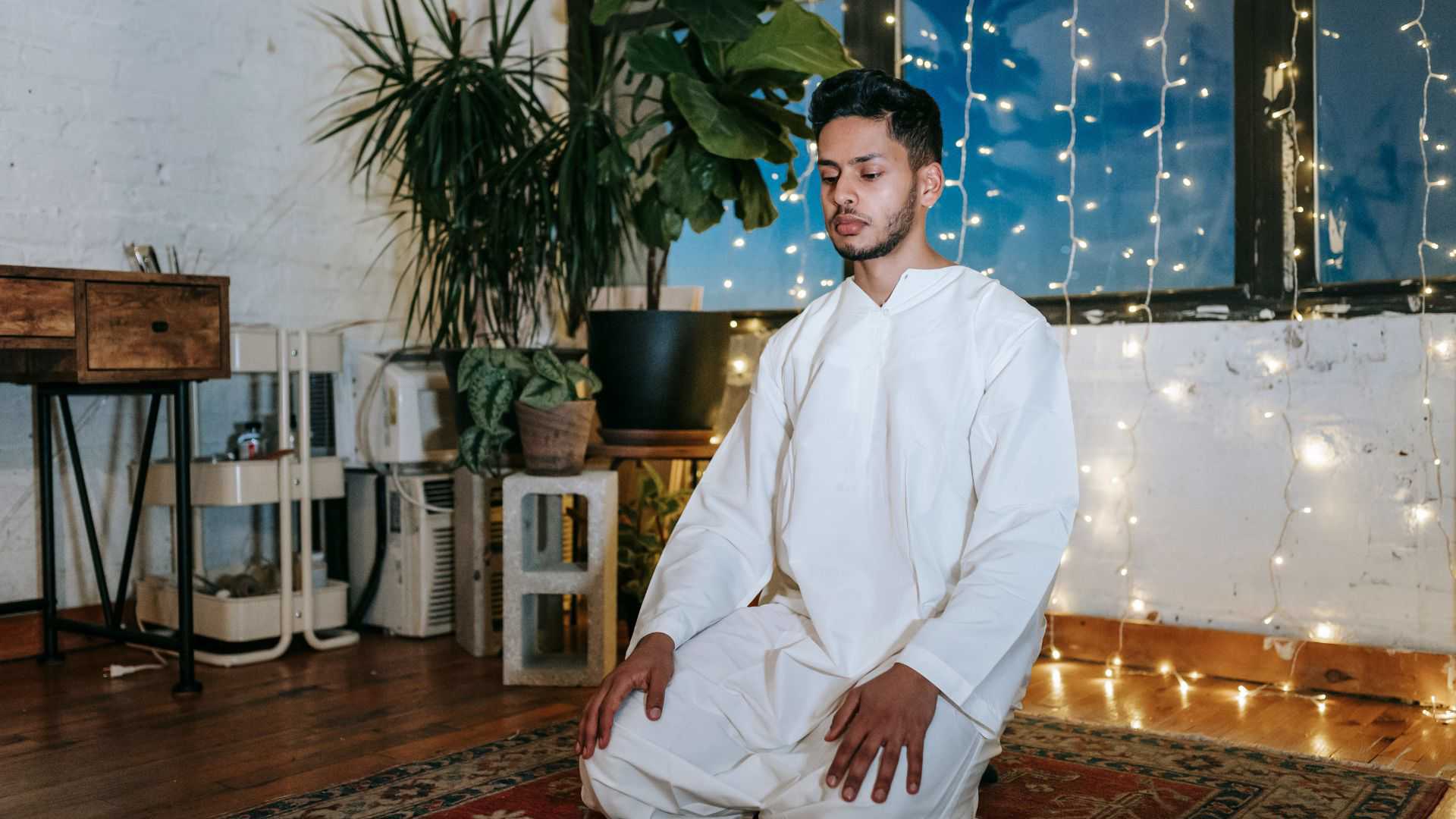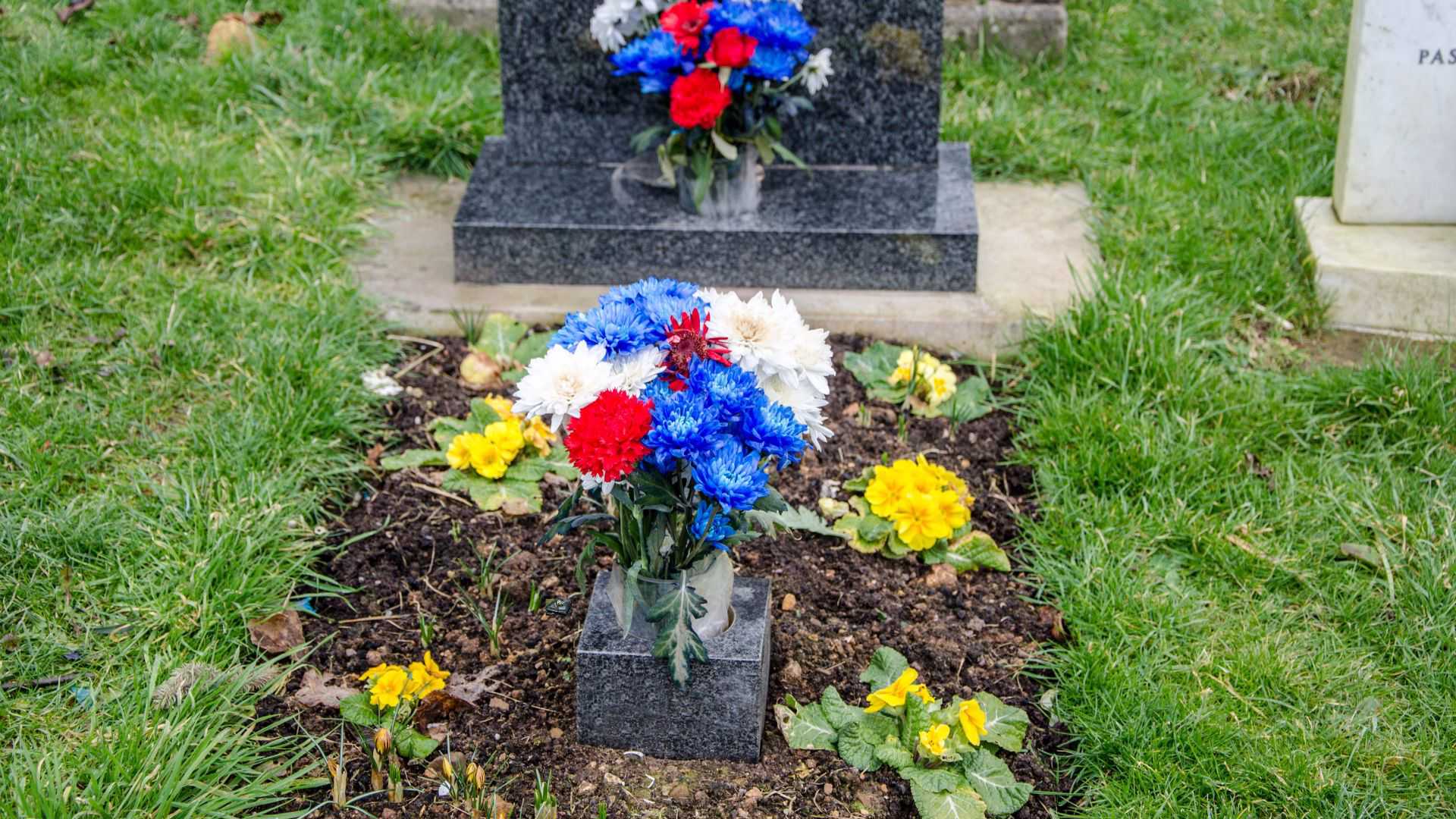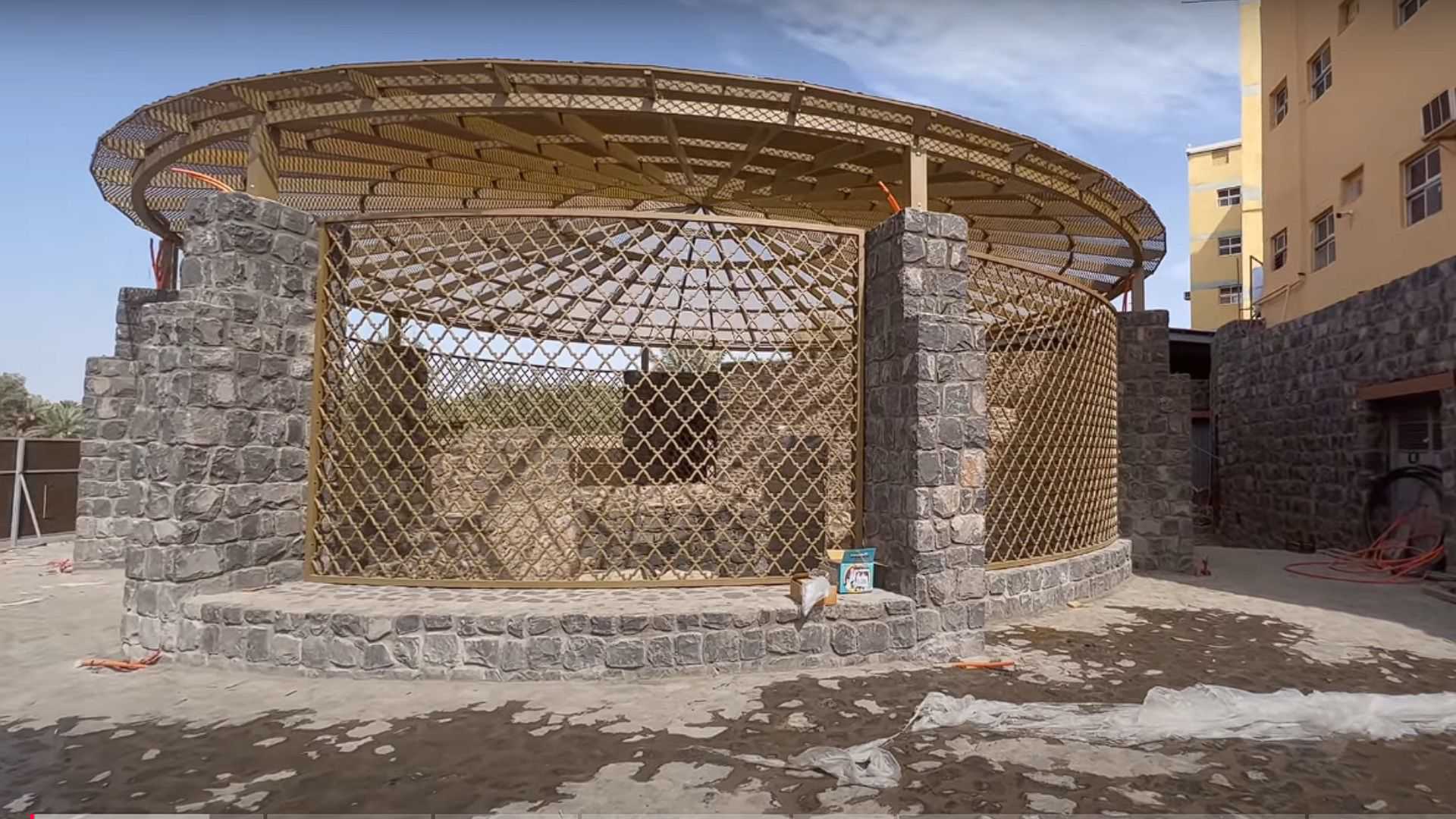Prayer creates and strengthens our relationship with God, and it provides us with a wealth of blessings and advantages. As Muslims, we perform specific salah movements and postures while praying. it makes us curious about the Meaning of Salah movements. There is great wisdom in these Muslim Prayer Body Postures.
There are two types of prayer in Islam, as is clear from any study of the subject. One is ritualistic, requiring proper attire, manners, and specific body posture.
The second type is supplication, which in a broader sense denotes a constant conversation with God. He responds to our dua (supplication) at any moment and in every language, hearing our pleas and demands. The positions we take and the words we utter during ritual prayer have a purpose. They serve as a means to an objective.
Prophet Muhammad said that:
“When any one of you stands to pray, he is communicating with his Lord, so let him pay attention to how he speaks to Him.” (Al-Bukhari)
The body postures taken during prayer are a representation of how people relate to God. We rise to declare our existence, we humbly bow, and we kneel in awe of the strength and power of our Creator. We recognize our utter reliance on and need for God from this position of total abasement. Knowing the Meaning of Salah movements helps us gain even better insight and appreciate the prayers we make daily.
However, God does not require our prayers; rather, it is we, the weak humans, who constantly require God’s care and affection. So, the positions used in prayer are not a random assortment of gestures. We’re going to learn that the prayers we recite at least 17 times daily are not just a random collection of sounds and syllables. here are the Meaning of Salah movements and their significance.
Meaning of Salah movements
1) Niyyah (prayer intention):
Niyyah is the proclamation of the motives behind each action and the decision of the heart. It denotes a desire to respond positively to Allah (SWT) by following His instructions.
2) Iftitah Takbir (the Opening Takbir):
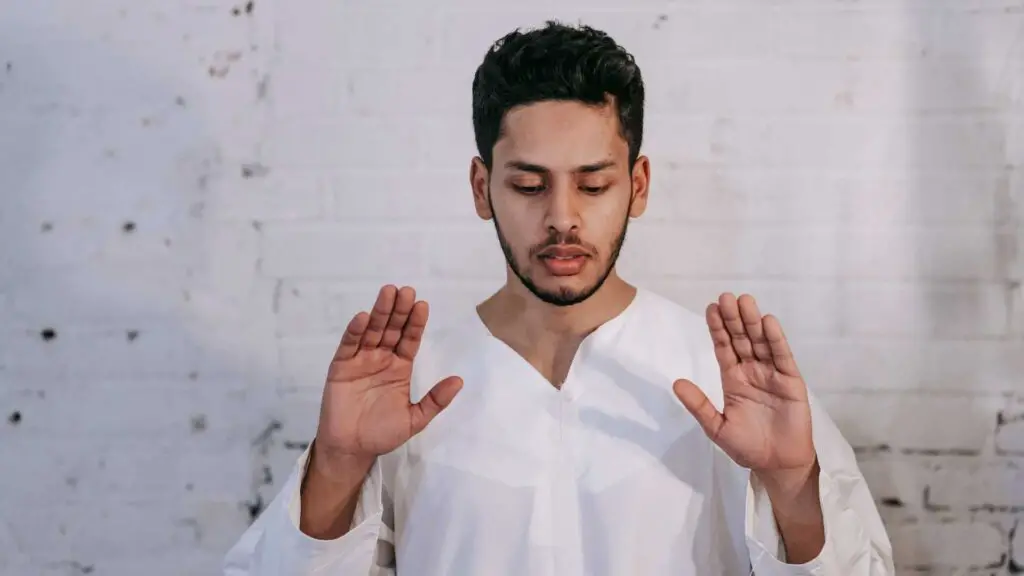
Whenever we say Allahu Akbar (“Allah is Greater”), we leave the world behind us and turn to Allah (SWT) for refuge. By uttering the takbir (Allahu Akbar), one declares that Allah (SWT) is the greatest.
3) Qiyam (standing):
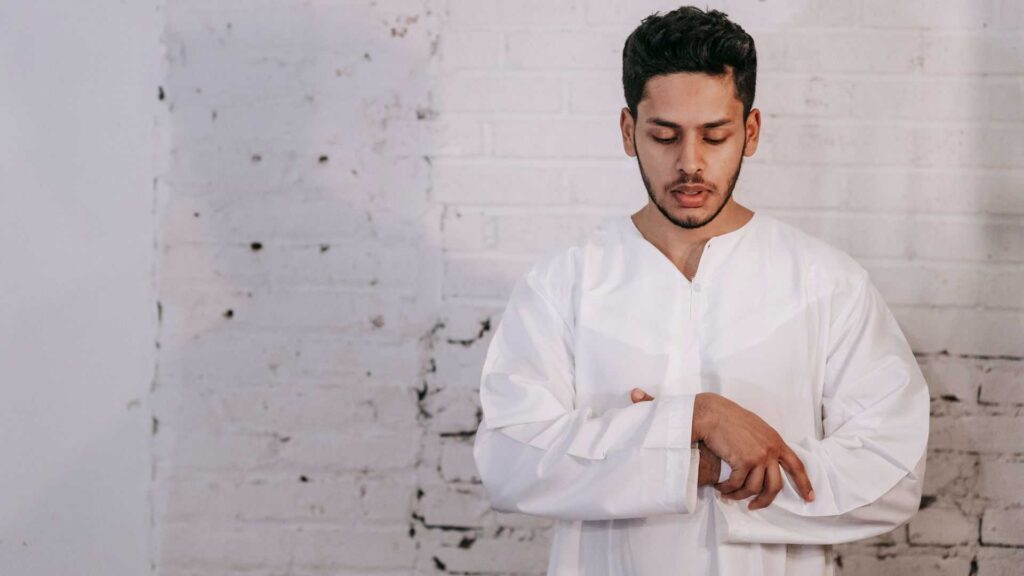
With this notion in salah (prayer), humans resemble the worship of angels and trees that stand and continuously glorify Allah. Qiyam is the act of humans presenting their bodies and hearts to the Eternal Being (SWT). In qiyam, the bowed head symbolizes an absence of pride and modesty in the heart.
4) Recitation of the Qur’an:
Alhamdulillah (‘Praise be to Allah’) is the expression of gratitude for Allah’s immaculate perfection, unparalleled beauty, and limitless mercy during qira’at. Additionally, it serves as a reminder that only Allah is worthy of praise and that all acts are made possible by His assistance. Saying “(O our Master!) You alone do we worship and from You alone do we ask for help” (iyyaka na’budu wa iyyaka nasta’in) is how you establish a connection with the Eternal Being (SWT).
5) Ruku (bowing):

Humans reflect the worship of angels who serve Allah in this position of continuous bowing, and animals who are always standing in ruku’ on their four legs in this state. Ruku’ is to glorify the Almighty Creator with the entire universe while observing our helplessness and poverty by saying, “Subhana rabbiyal ‘azim” (Glory be to my Lord the Mighty)…. and to strive to establish its roots in our hearts and to lift our heads above ruku’ in the pursuit of Allah’s mercy by continually mentioning His magnificence.
6) Sujud (Prostration):

Humans stand in for both reptiles, which appear to dwell in a perpetual state of prostration, and the worship of angels, who serve Allah in constant sujud. Saying “Subhana rabbiyal a’la” (Glory be to my Lord the Most High) in awe and modesty before Allah’s immaculate beauty, brightness, holy names, and characteristics constitutes prostration (sujud), which is the act of giving up everything other than Allah (SWT).
“A slave becomes nearest to his Rabb (Lord) when he is in prostration. So increase supplications in prostration.”(Muslim)
7) Qa’dah (sitting):
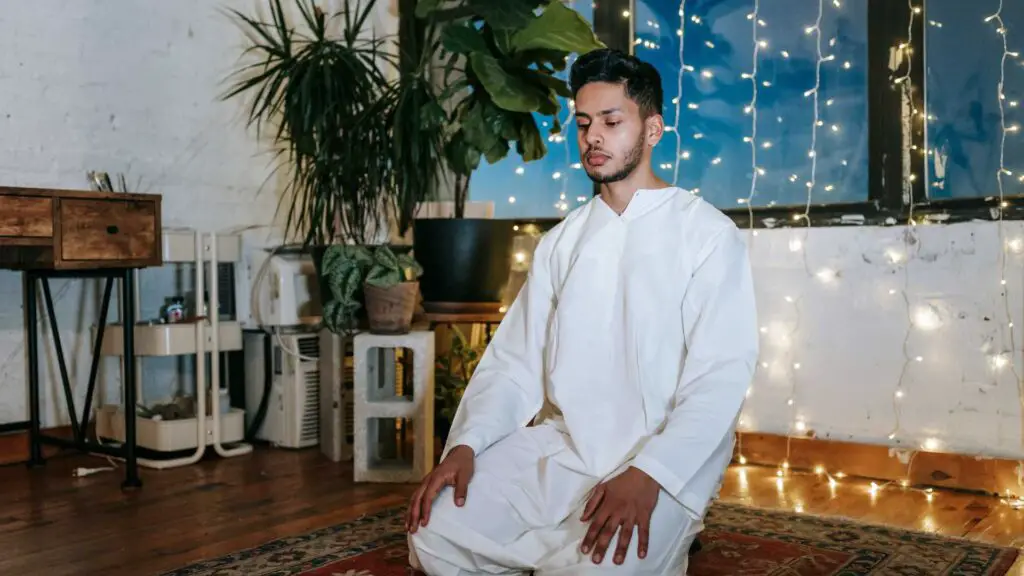
In this state, people resemble the worship of the angels who serve Allah while seated, as well as of the mountains, since rocks have the appearance of being seated by their very shape. By uttering the tahiyyah (greeting) while seated, a person affirms that whatever he owns is Allah’s. Declaring the kalima-i shahadah (“There is no God but Allah and Muhammad is His Messenger”), he affirms his religious commitment once more. The words of the tashahhud during salah remind believers of the divine dialogue that took place between Allah (SWT) and the Prophet Muhammad during the Mi’raj (the Prophet’s night trip and ascension).
Conclusion:
The ability to pray is a gift from our Lord and Sustainer; it helps us get through each day, each hour, and each minute of this mortal life, which can be wrought with anxiety and uncertainty even in the best of times.
The gestures and words of prayer contain a tremendous deal of wisdom. knowing the Meaning of Salah Movements imparts even greater wisdom to us.
These were the Meaning of Salah movements and the significance of Muslim prayer body postures. Read more Islamic Blogs or Follow us on social media for daily Islamic reminders.


